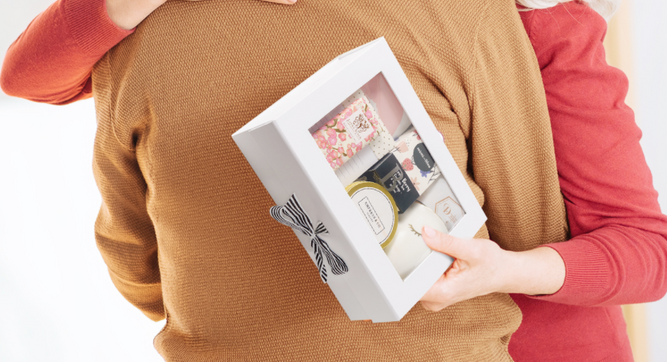The Origins of Thank You Gifts
2023 May 15th
Gratitude is a universal emotion that transcends cultures, languages, and time. From the earliest human civilizations to our modern societies, people have been expressing their appreciation and thanks through various forms of gifts. In this blog post, we will explore the origins of thank you gifts and thank you gift baskets, delving into their history and the cultural significance they hold today.
The Ancient Roots of Gratitude
The concept of gratitude can be traced back to ancient civilizations, where giving thanks was an integral part of everyday life. In many cultures, it was believed that expressing gratitude would bring good fortune and blessings from the gods. Ancient Egyptians, for example, would offer gifts to their deities as a sign of thankfulness for a bountiful harvest or victory in battle. Similarly, the Romans would give offerings to their gods in return for protection and prosperity.
In these ancient societies, gift-giving was not just about material goods but also about the exchange of goodwill, respect, and appreciation. This practice laid the foundation for the tradition of giving thank you gifts that we are familiar with today.
The Evolution of Thank You Gifts
As societies evolved, so did the customs surrounding thank you gifts. In medieval Europe, for instance, the act of gift-giving became more formalized and structured. Nobles would present tokens of gratitude to their vassals and subjects as a way of maintaining loyalty and fostering goodwill. These gifts often took the form of land, titles, or valuable objects such as jewelry.
In other parts of the world, such as Asia, the art of gift-giving took on a more symbolic meaning. In Japan, omiyage (souvenirs) are given to friends and family as a way of sharing experiences and expressing gratitude for their support. Likewise, in China, elaborate gift-giving ceremonies are still an important part of social and business relationships.
The Birth of the Thank You Gift Basket
The idea of combining various items into a single, beautifully presented gift basket can be traced back to the Victorian era in England. During this time, people began to place a greater emphasis on etiquette and manners, which included the art of gift-giving. Gift baskets became a popular choice for expressing gratitude, as they allowed the giver to present an assortment of items that catered to the recipient's tastes and interests.
Thank You Gift Baskets gained popularity in the United States during the early 20th century. As the country underwent rapid industrialization, many businesses started to use gift baskets as a way of thanking their clients and partners. This practice soon spread to other areas of life, with individuals sending thank you gift baskets to friends and family on special occasions or simply to show their appreciation.
The Modern Thank You Gift Basket
Today, thank you gift baskets have evolved into a versatile and highly customizable gift option. They can be filled with a wide variety of items, from gourmet food and wine to spa products and personalized keepsakes. This flexibility allows the giver to tailor the gift basket to the recipient's preferences, making it a thoughtful and meaningful gesture.
Moreover, the tradition of giving thank you gift baskets has expanded beyond personal relationships and is now common in the corporate world as well. Companies often send gift baskets to their clients, employees, and partners as a token of appreciation for their hard work and dedication.
The Timeless Art of Gratitude
Thank you gifts and thank you gift baskets have come a long way since their ancient origins. However, the underlying sentiment remains the same: to express gratitude and appreciation for the kindness and support of others. As we continue to navigate our modern lives, it's essential to remember the importance of saying "thank you" and recognizing the positive impact that gratitude can have on our relationships and overall well-being.

